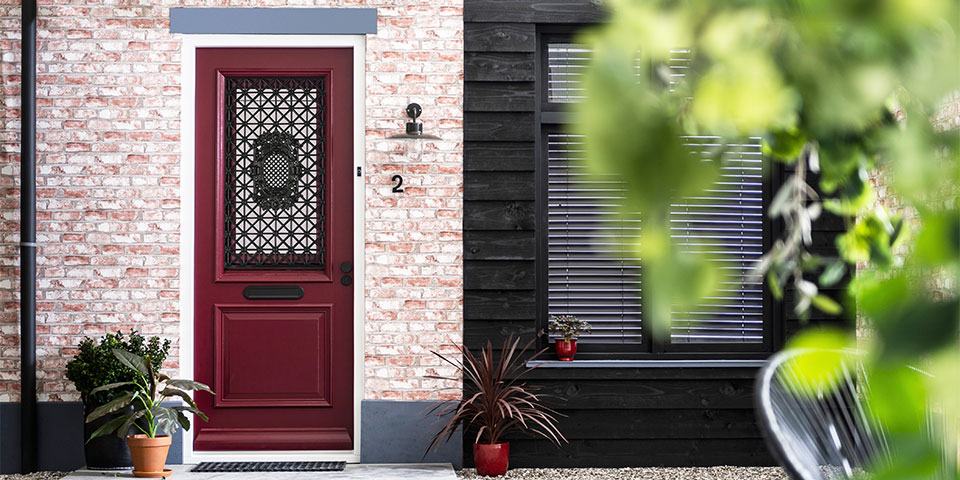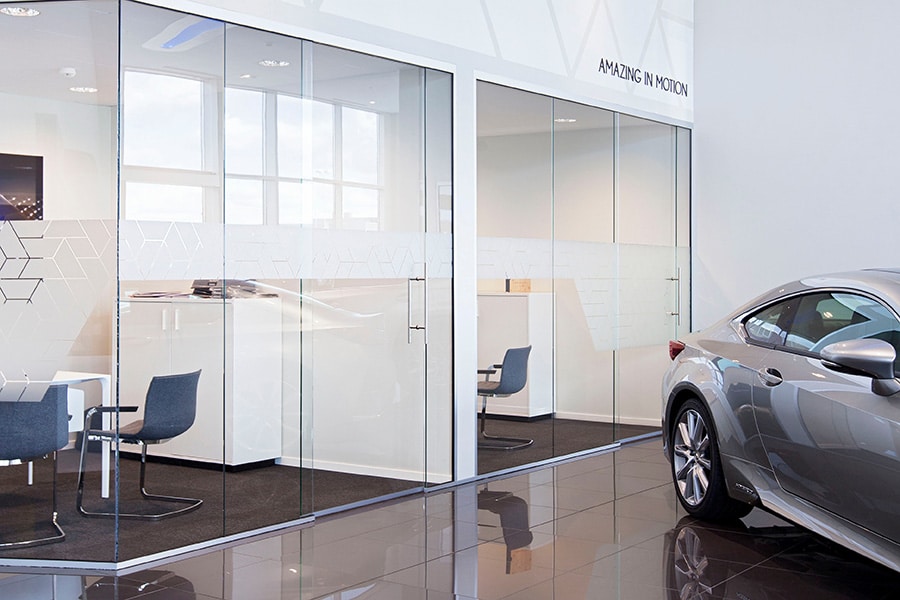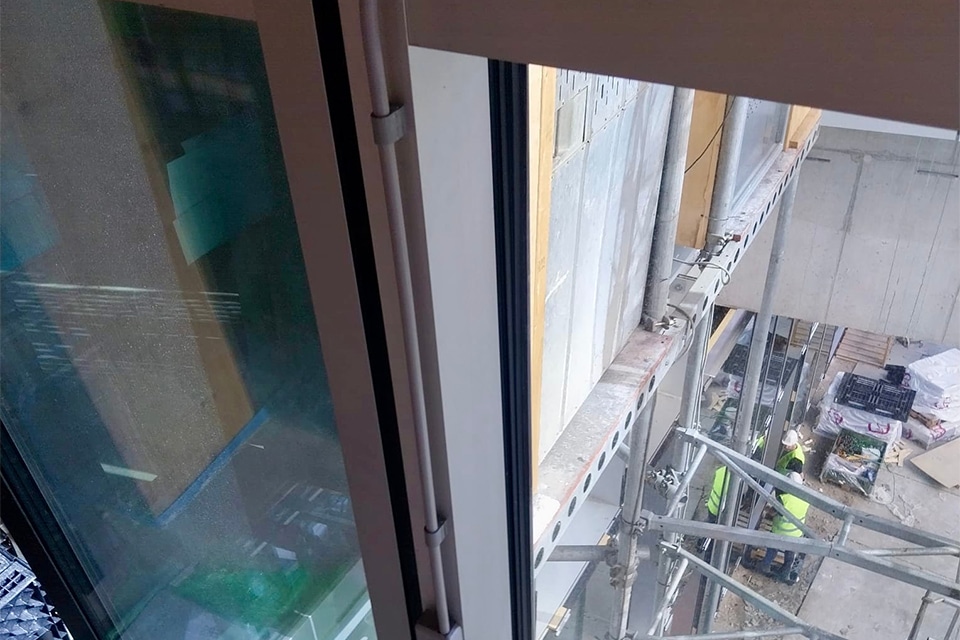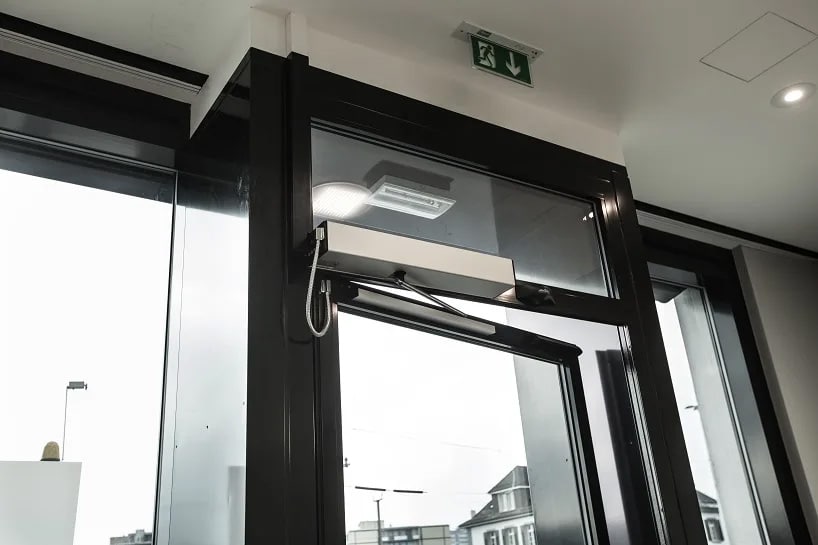
Meet the latest standard in door technology
A lightweight front door with high insulation value and minimal shrinkage and swelling, which is less sensitive to weather conditions and therefore requires less maintenance. Is this future music? It is not, according to manufacturer and supplier Skantrae, which introduces the new standard in door technology with its NEXT front doors. "What makes our front doors unique is the carefully composed panel construction," explains head of marketing Frank van Putten. "This not only creates great design freedom, but also effectively overcomes problems such as drafts, shrinkage and swelling."
Rising energy prices and an ever-increasing climate problem are reasons for many homeowners to make their homes more sustainable. In many cases, this involves opting for (triple) double glazing, floor insulation, roof insulation and cavity insulation, in order to prevent heat loss in summer and heat loss in winter. "However, the front door is still too often forgotten," Van Putten knows. "A shame, because this does involve an area of over 2 square meters. To ensure optimal insulation here as well, Skantrae has searched for a high-tech insulation panel with which not only sleek and modern, but also timeless, rural and classic front doors can be realized. For example, with the look and feel of deep-set panels and vertical or horizontal grooves. The result is NEXT."

The composite panel construction of the NEXT front doors is composed of an insulating XPS rigid foam core with aluminum sheets on either side. 100% FSC® meranti plywood was chosen for the surface panels.
Unique structure
Normally, a front door is constructed of stiles and sills, which are held together with a mortise-and-tenon joint and secured with glue or a toognail. Yet action always takes place between the materials. "Shrinkage and swelling lurk, damaging the finish coat," Van Putten said. "This allows moisture to seep in, slowly deteriorating the condition of the door. An undesirable situation, which is overcome by the NEXT insulation panel."
The composite panel construction of the NEXT front doors is composed of an insulating core with aluminum plates on either side, he says. "The core consists of an XPS rigid foam board (density: 30 kg/m³) that is pressure-resistant, moisture-resistant, lightweight and has an increased insulation value (1.56 W/m²K). This results not only in lower energy consumption, but also in maximum living comfort. The aluminum sheets contribute to a high form stability of the front door, greatly reducing any shrinkage and swelling behavior. As a result, the front door requires significantly less maintenance. The use of lightweight materials also makes the Skantrae NEXT door very easy to install and hang, unlike solid wood front doors."

Door model SKN 665.(Image: Steenbergen Photography)
Only benefits
FSC 100% was chosen for the surface plates.® meranti plywood, in a thickness of no less than 8 mm. This allows a wide variety of finishes to be realized. "In short, every front door in the Skantrae range can now also be supplied as a NEXT door," said Van Putten, who has high expectations for the new front doors. "We believe that NEXT will eventually replace the solid wood door completely. After all, appearance and price are comparable. In addition, NEXT only offers advantages, for example when it comes to living comfort, durability, maintenance and processing. We therefore expect residents and processors to welcome the doors with open arms."




